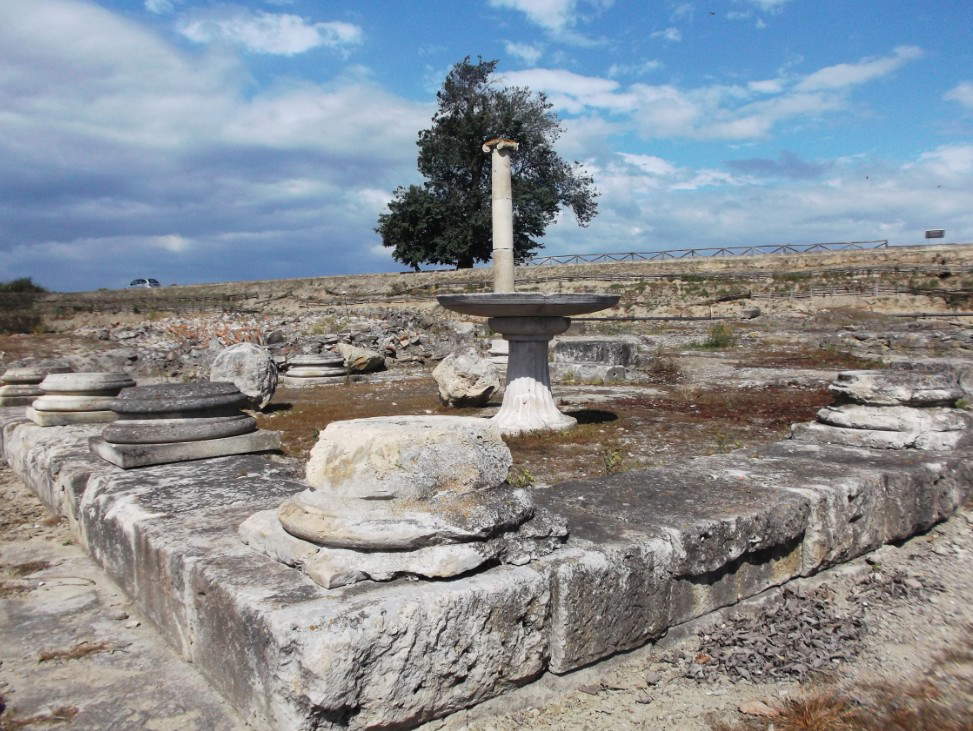A direct response from the MiBACT press office to grievances emanating from the grassroots is a decidedly rare occurrence: nevertheless, the problem with the two communiqués issued yesterday afternoon, through which the ministry sought to take stock of some of the issues first raised by the cultural heritage association and sector publications (including ours) and then taken up after about ten days in a couple of articles published on Saturday in Corriere della Sera and Repubblica (signed, respectively, by colleagues Federico Fubini and Cesare De Seta), lies in the fact that the answers appear to be beyond elusive and prone to a harsh and tenacious bureaucratism.
Let’s start with the distribution of the relief fund for commercial activities in “tourist” cities, which is very unbalanced toward northern Italian cities (only two from the South appear among the top twenty, and the count rises to nine if all 29 localities are taken into account). In addressing the editor of Repubblica directly, the MiBACT press office lets it be known that “the intervention was constructed to restore the losses of the businesses open to the public that are suffering most from the contraction of international tourism,” and that consequently the ranking was drawn up on the basis of the ratio of foreign presences to inhabitants of the territories concerned. However, it has yet to be understood why localities that have lost presences from abroad should be rewarded and not those that live largely on Italian tourism and probably in absolute terms suffer in the same way and perhaps even more, if we take into account that, for example, the provinces of Salerno (6 million presences in 2019, Istat data), Lecce (5 million) and Perugia (4.7 million) were excluded from the MiBACT lists that instead rewarded provinces with smaller numbers (e.g., Como with 3.35 million, Verbania with 2.9 and La Spezia with 2.5) but with a higher presence of foreigners not already in absolute terms, but simply in relation to resident population (since in some cases the absolute numbers of foreign tourists in some excluded provinces exceed those of provinces that are included in the breakdown).
The “Great Cultural Heritage Projects” strategic plan is then mentioned, which has been criticized because the latest allocations stipulate that, of 103 million euros in total, only 3 million will go to the south. The MiBACT press office notes an element that is well underlined in the plan’s technical reports: “the Strategic Plan has precisely the role of restoring (where possible) financial balance between the substantial investments of cohesion policies, both national and EU, which provide for the allocation of almost all the resources in the South (the Development and Cohesion Fund provides for an allocation of 80 percent to the southern regions and 20 percent to the northern regions) and, with regard to the EU ones in Campania, Puglia, Calabria, Basilicata and Sicily.” In fact, it will need to be noted that the Stralcio Plan for the thematic area “Culture and Tourism” deviates from the 80-20 ratio (CIPE Resolution 3 of 2016), by virtue of the fact that the National Operational Program (NOP) that employs the community resources referred to by the MiBACT press office is actually reserved, 100%, for five southern regions (Campania, Puglia, Calabria, Basilicata and Sicily).
 |
| The Archaeological Park of Sybaris (Calabria), the only site in southern Italy that received resources at the last round of allocations of the Great Projects Cultural Heritage strategic plan |
One wonders, however (and I do not think I am the only one nor the first to wonder) whether the equalizing function of the plans reserved for the southern regions is not somehow affected by the lavish allocations that the “Great Projects Cultural Heritage” plan reserves for the central and northern regions, especially when one considers that there are still so many problematic situations in the south (as in the north, for that matter), and the latest allocations reward projects that are completely useless (such as the Casa dei Cantautori in Genoa) or that in this difficult historical contingency certainly do not constitute priorities (such as the Museum of the Italian Language) or that it is difficult to think of as having national relevance (such as the “Cà del Dutùr” in Monte Isola, which will be one-third a local aggregation center, one-third an exhibition venue and one-third will house a museum on Christo’s The Floating Piers ). Of course, MiBACT might consider similar investments appropriate (the exact opposite of what much of the grassroots thinks), but it would be more interesting if the discussion were held before, and not after allocations are decided.
Finally, in responding to Federico Fubini, the ministry makes it known that there will be “no discretionary hiring without competition and without qualifications.” And that’s all we need: it was well understood that this shower of direct-call appointments was a kind of stopgap measure. But on the other hand, such a measure cannot fail to be seen as risky, if one considers that it could be a viaticum towards an aggravation of the precarization affecting cultural heritage professionals, as has already been widely noted. Pass the historical moment, certainly not the best, and pass, therefore, the understandable caution of the MiBACT: one hopes, however, that it does not become a habit. The fact remains that, at long last, the press office admits in a letter addressed to the editor of Italy’s most popular newspaper (and therefore not in internal documents), that the ministry suffers from a “serious staff shortage that afflicts all offices and especially the superintendencies.” Let’s hope this is the start of a serious public discussion on the issue.
Warning: the translation into English of the original Italian article was created using automatic tools. We undertake to review all articles, but we do not guarantee the total absence of inaccuracies in the translation due to the program. You can find the original by clicking on the ITA button. If you find any mistake,please contact us.